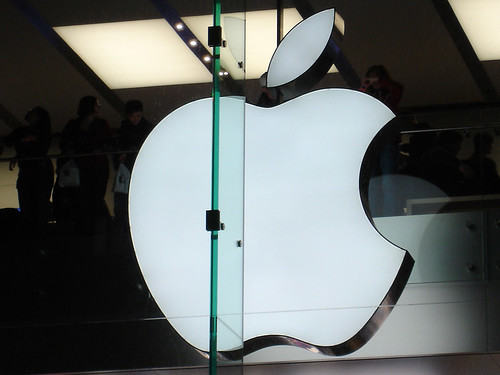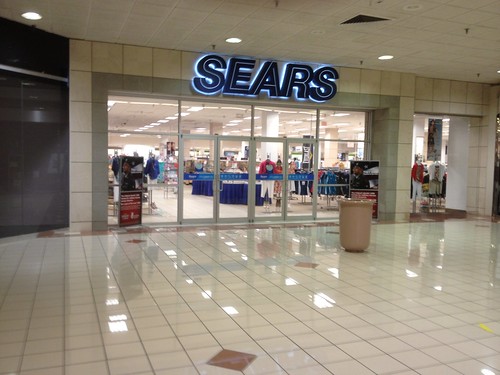
Product brands are tricky. People may spend millions of dollars or more to develop and promote brands in hopes of capturing the public’s attention. And, as a blog post on the Brandchannel website warns, it’s never safe to assume that a brand’s development has reached its final stages. On the contrary, the longer a brand perseveres, the greater amount of brand heritage it acquires.
What is Brand Heritage?
In short, a brand’s heritage is the collective characteristics and historical facts that have helped it stand out from others. Sometimes, people become loyal to particular brands and make a point of not only integrating certain products into their own lifestyles, but encouraging others to do the same. Positive memories associated with a brand throughout a person’s lifetime can be helpful, too.
A Newer Product Launched in a Downturn
There’s no shortage of discussions about the ideal times to introduced a new brand or product. Usually, efforts are made to first discover what the market needs, and then figure out ways to cater to those preferences. By bringing the now ubiquitous iPod to the market, Apple CEO Steve Jobs certainly excelled on those first two requirements, but many would argue that the product didn’t become available at a time when consumers were in the mood to buy things. Specifically, the iPod was introduced in 2001, just a month after the September 11th terrorist attacks.
Although Apple itself was already well-established by that point, the iPod smoothly integrated with the iTunes MP3 store, and was a precursor to other now similarly in demand products with the “i” designation, like the iPad and iPhone. At the end of 2010, Apple announced that that 275 million iPods had been sold worldwide.
That’s a prime example of how sometimes, if a product is special enough to create a stir, the timing doesn’t matter as much. Perhaps this is one occasion where brand heritage combined with innovation to create success. As Microsoft proved through the launch of its Zune MP3 player that was largely perceived as a failure, brand heritage could be an asset, but only if a company has great products to back up the reputation.

Sears vs. JCPenney: One Needs to Change, and the Other May Have Changed Too Much
Sears and JCPenney are two department stores that have been around for over a century, but for them, brand heritage might be more of a liability than an advantage. An article on the Crain’s Chicago Business website noted that in 2011, the Sears Corporation lost more than $3 billion in profits. Although Sears has tried many things, they’ve had a hard time attracting younger generations, who may have the perception that Sears is a place where their grandparents shopped.
In the case JCPenney, it made headlines in the last couple of years by announcing a drastic campaign of doing away with all coupons and sales. Theoretically, the move was meant to attract people who don’t have time to clip coupons, and simply want the best deal any day of the week. The company also launched a huge advertising campaign starring Ellen DeGeneres which often contrasted black and white old-fashioned footage with modern lifestyles, maybe in a bid to attract younger shoppers.
However, Ron Johnson, the CEO responsible for leading the revival effort, is leaving the company, and his predecessor, Myron E. Ullman III has returned, suggesting that maybe the moves were too much for the company to handle.
Clearly, there are both positive and negative sides to possessing brand heritage, and no matter how long a company or product has been around, it’s smart to keep long-time customers satisfied while also attracting younger generations that may not be opposed to shopping in a well established store, but probably don’t want the same shopping experience their parents had.
Blogger Jena Daniels writes full time in New York City. Want to learn more about developing a brand? Pepperdine’s online mba program may be a good place to start.
edralyn
Latest posts by edralyn (see all)
- Credit Card Mistakes that can Cause You Problems - December 8, 2013
- Find Out the Easiest Way to Get Bail Bond New Jersey Based - November 1, 2013
- The Digital War: Why Cyber terrorism is National Security’s Biggest Threat - October 16, 2013
